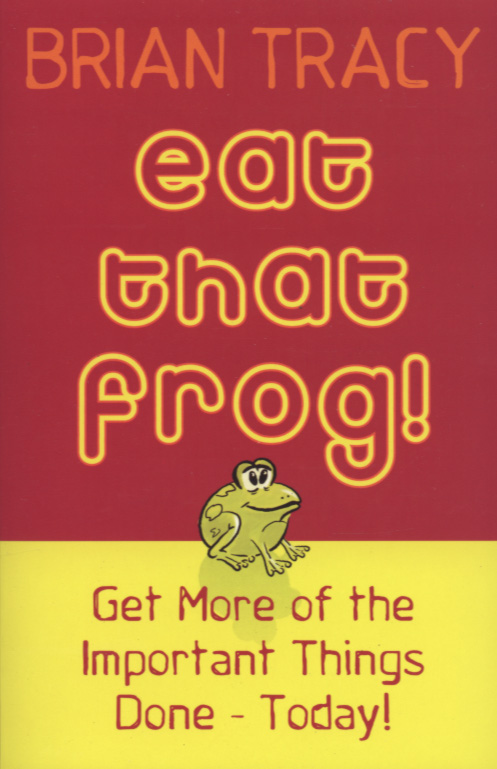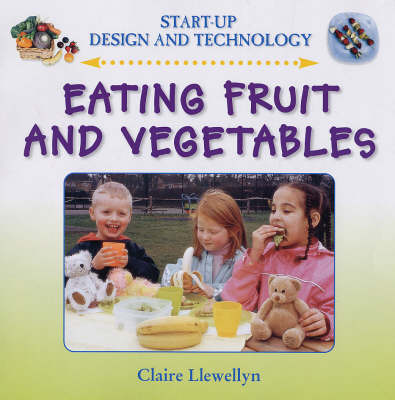Resources

There's an old saying that if the first thing you do in the morning is to eat a live frog, you'll have the satisfaction of knowing that it's probably the worst thing you'll do all day. 'Eat that frog!' takes this...
Designed to introduce readers to the concept of health and safety, this volume focuses upon eating well and aims to teach children ways to eat well and so look after themselves as they grow up.
Eat your greens science activity 3
Students observe what happens to the colour and texture of green beans when they are heated in different pH conditions.
The students record their observations, use the data they have obtained to suggest which conditions are best for canning and attempt some explanation of what has happened.
EAT: what we eat, how and where it comes from
EAT asks us to explore human food habits. How do we give more people access to affordable, healthy food? What can we do to ensure that our food production is sustainable, and that we aren't wasting or polluting the planet with too much packaging? Can a design idea encourage people to make better food choices?
...
Introducing children to their bodies, the way they function and why it's important they keep themselves fit, the books in this series are written in a straightforward style. They include lots of colourful...
Eating and Drinking
This topic, from the Association for Science Education and aimed at students aged 8-12, focuses on nutrition and the links between diet and health. Students reflect the cultural significance of diet. The topic allows classes in schools across the world to exchange information about food and health.
After...
Eating Chocolate
This Catalyst article looks at how the structure and properties of chocolate change when it is melted and re-solidified. An experiment is described in which the differences between solid chocolate, and chocolate which has been melted and re-hardened can be found, along with a detailed explanation of the physics...

This title has been developed specifically to support the units in the schemes of work at Key Stage 1 and lower Key Stage 2. Key information is presented through a combination of text and images, while questions ask...
Eating nails
In this investigation, students extract iron from a breakfast cereal and consider how our bodies are able to digest iron by looking at its reactions with hydrochloric acid.
Eating to Win
This Teachers TV programme illustrates the effect of different foods on the body and how the amount of food we need to stay healthy can vary considerably depending on lifestyle. Gastronuts presenter Stefan Gates meets triathlete Matt Sharp to find out about the relationship between diet and fitness. A triathlon...
